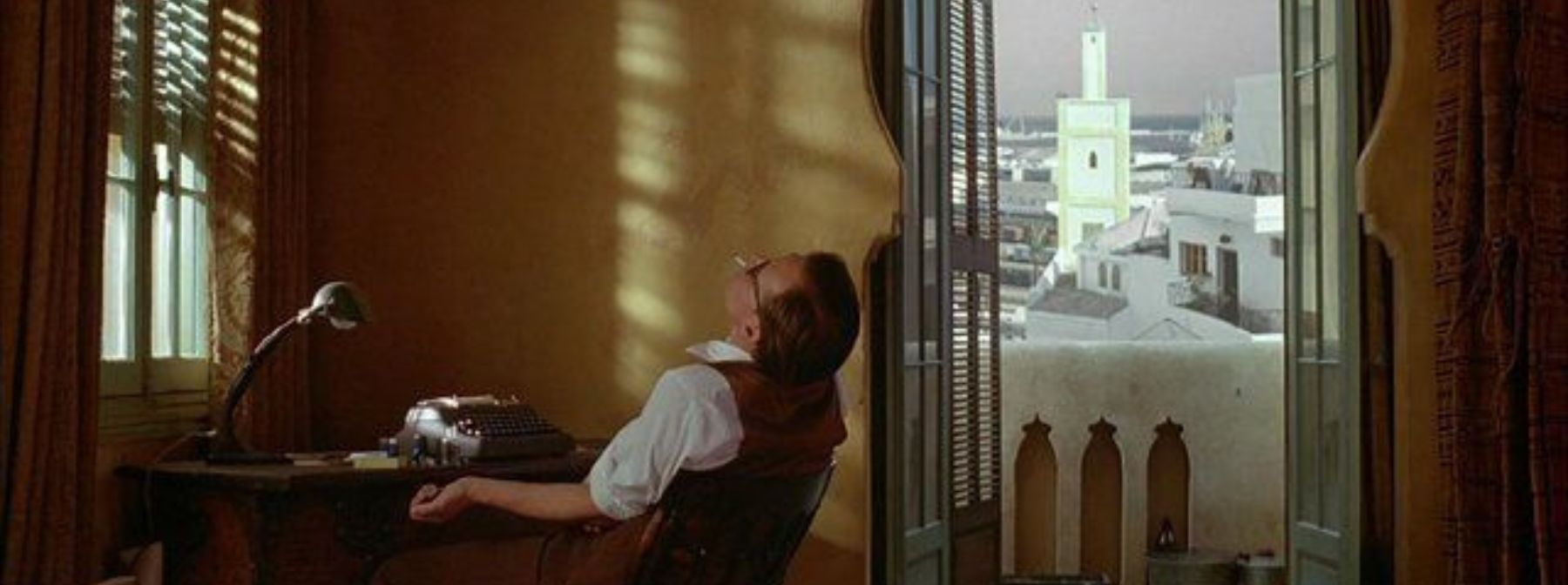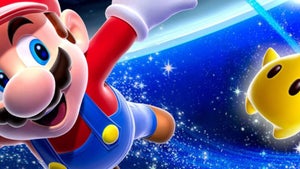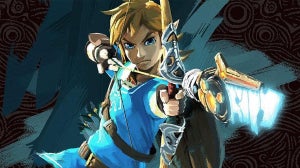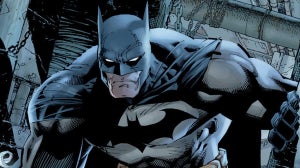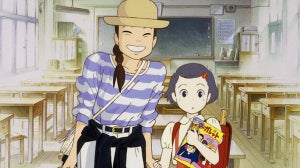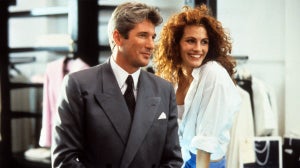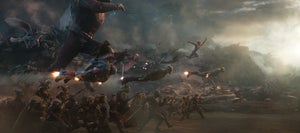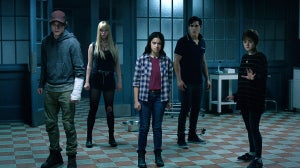
By Alasdair Bayman, Team Arrow Video
To many readers and critics alike, William S. Burroughs defined the Beat Generation in vivid works such as Junkie and Interzone.
The American writer peered into the grotesque and impulsive nature of mankind, whilst always maintaining a ruthless wit in his prose. A peculiar man himself, Burroughs' work is solely focused on his own obsessions, from substances like morphine, to drunken tangents into the amorality of the American political system.
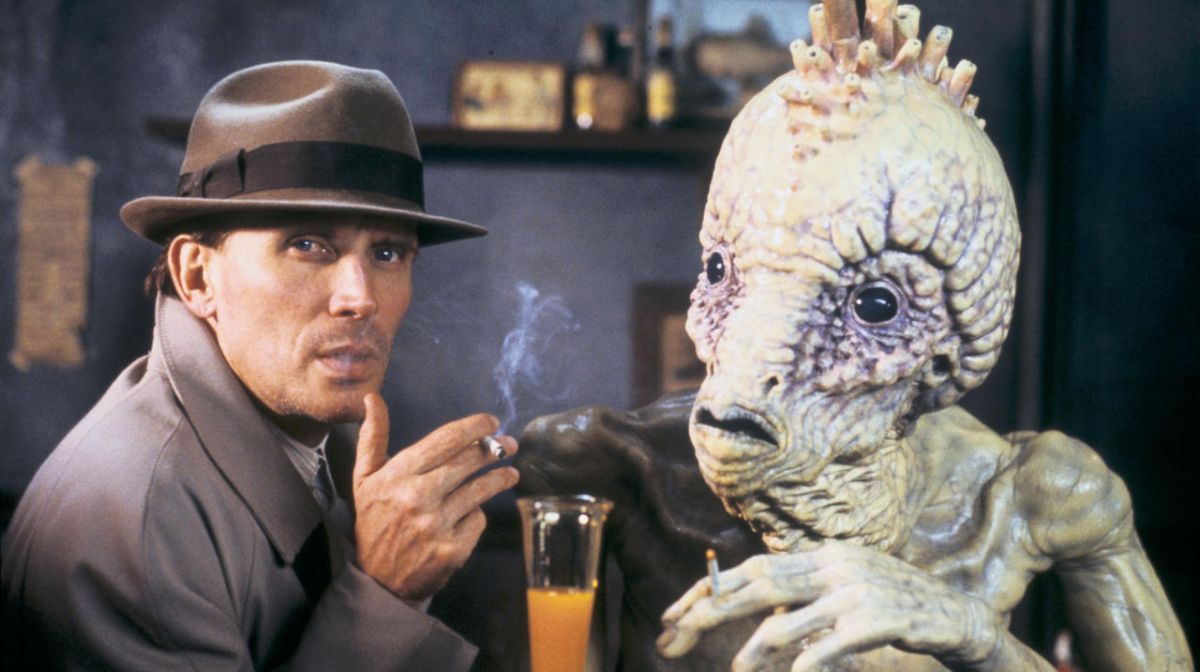
Like J.G. Ballard, whose work has been labelled as unadaptable to film, Burroughs’ literature appears truly bound to its own form. For David Cronenberg, a shared interest in the monstrous capacity of humans through the physical and metaphysical is unearthed as a shared interest to the author.
Such ideas are infused in the Canadian’s 1991 adaptation, released a mere 32 years after the initial publication of the book. Still to this day, Naked Lunch remains a pure cinematic rush of jazz, bugs, and all things Burroughs-ian.
Starring Peter Weller in the lead role as a quasi-Burroughs narrator, Bill Lee is a full-time drug addict who plunges into the nightmarish Interzone, a netherworld of sinister cabals and giant talking bugs. A small problem for Bill is his wife Joan (Judy Davis), who hooks herself up to the bug killer he is supposed to use for work, exterminating all rational thought in the process.
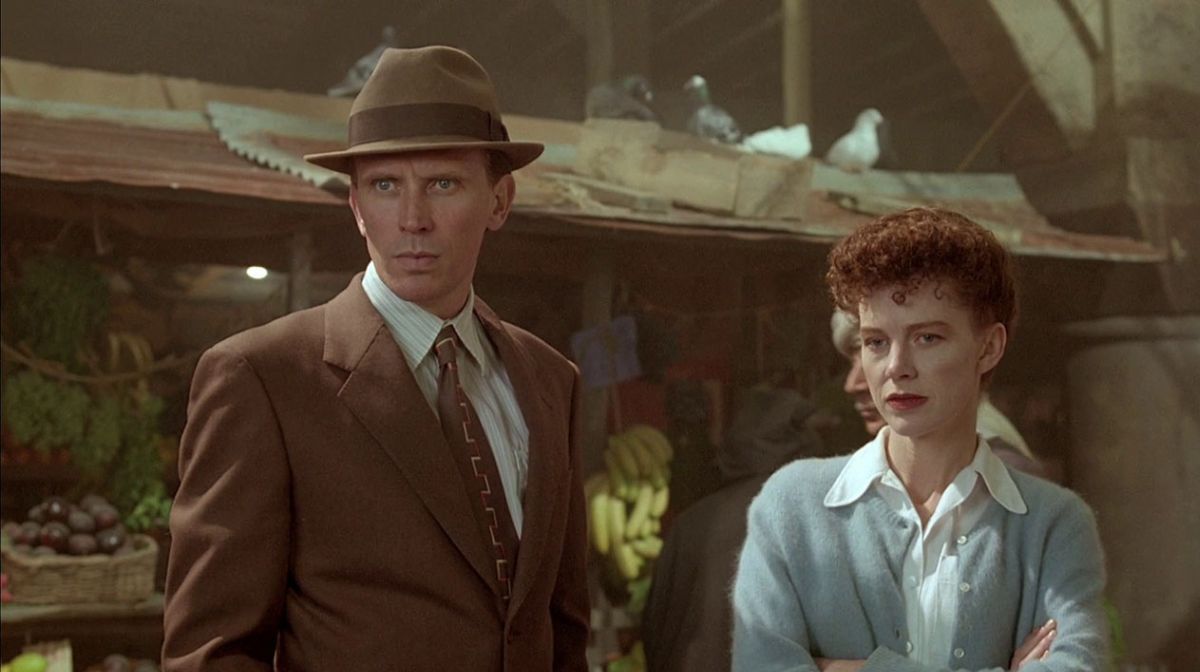
In a bizarre turn of events, Interzone requests he kill his wife in order to protect himself from the sinister forces at work and as Bill shoots Joan, Cronenberg draws a parallel to the real life of the author. Fleeing New York, Naked Lunch opens up a further world of nightmare away from the noir inspired sets, costumes and diegetic score for an altogether fantastical exotic setting which evokes Tangiers.
Becoming a writing hub for Bill, the meta-textual elements of the narrative start to unfold as the lines between author, director and fiction all blur into one, surrounded by a deranged Kafkaesque world swirling with confusion and bigger and bigger bugs.
The process of writing is acutely outlined in Cronenberg’s twelfth feature as an arduous one, which chimes with the knowledge sourced from the infamous documentary Burroughs: The Movie on the lengths to which the writer had to submerge himself to conjure up even a simple outline. Paired together, the documentary and Naked Lunch offer one of the most startling portrayals of a writer on screen, even away from releases such as Barton Fink or even more recently Shirley.
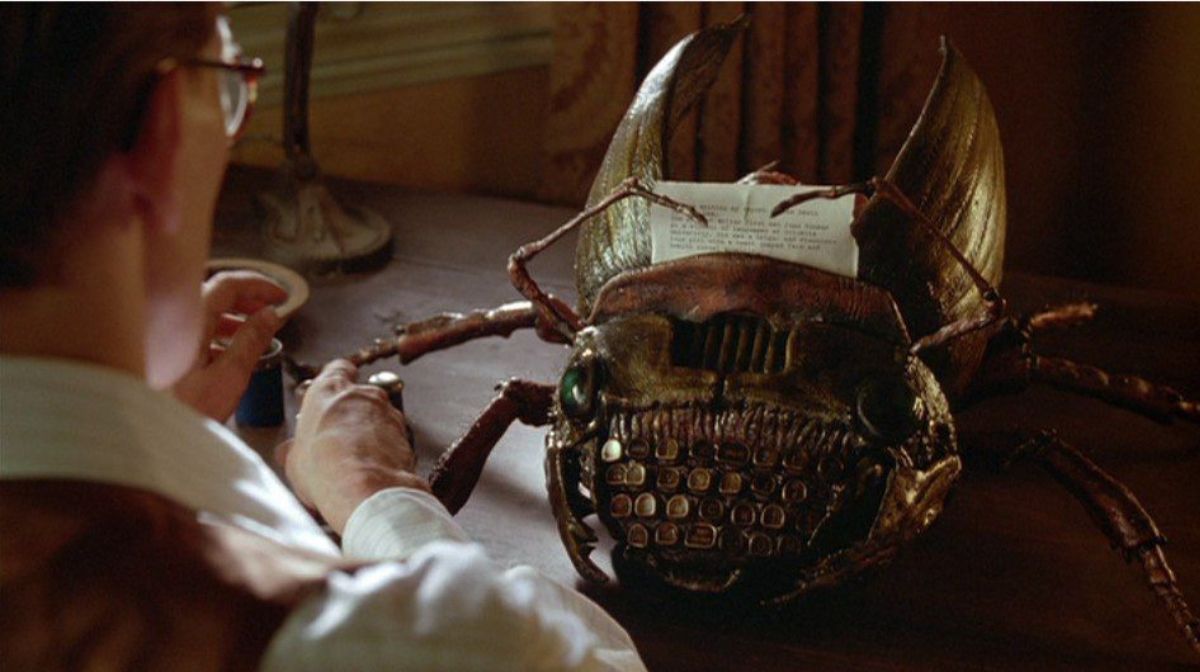
A life of exile from humanity penetrates all these stories in solitude, leading to a greater understanding of the world and relationships. Executed by Peter Weller with a performance that is equally fractured, absent and engaged, his version of an author weighed down by the weight of words is imbued with a polish thanks to Denise Cronenberg’s costume design.
A central theme between a vile and dangerous world with sophisticated suits is comparably developed in the scheming Tom Frost (Ian Holm). Pivotal to the Interzone, the character’s immaculate cream three piece suit is at home in the sandy street of the second half of the feature.
Extended even to Bill’s rounded glasses that are used as reflective tools throughout the extended run time, a perfect synergy of visual storytelling is achieved from brother and sister Cronenberg. Writing as an extended metaphor for suffering and pain is further maintained through the iconic bugs of the world, which oddly possess comparable voices to Burroughs himself.
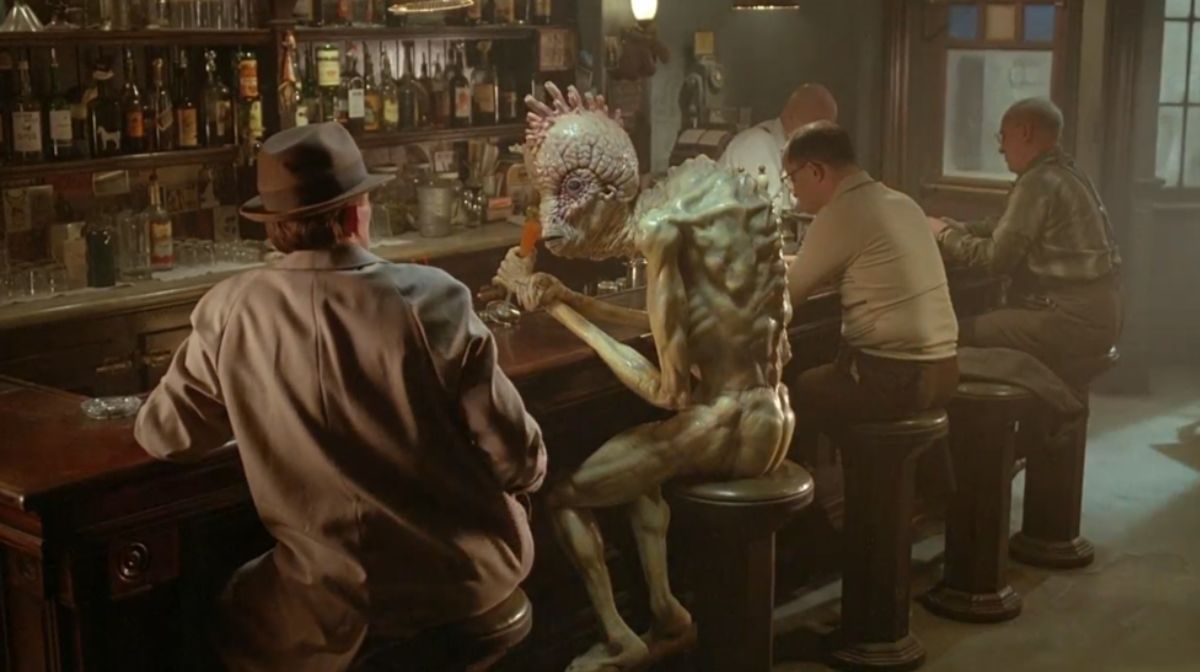
Substances in both a literal and metaphorical sense are key to Naked Lunch’s desperate world, reflecting the political angst of Burrough’s post-war writing. Whether oozing dew or intoxicating substance, the seminal Mugwump creature embodies all ideals which both author and director returned to in their respective oeuvres, notably the human condition.
Naked Lunch has been branded as ‘’the weirdest studio film ever made’’, yet on closer inspection it remains one of the most accurate literary adaptations committed to film. Combining the essence of two creative forces into one concoction never feels polarised or under strain against either creative vision.
Possessed with its own logic, depravity and apparition, the adaptation demands its own sedated perspective, leaving its heady visions imprinted long after the end credits role.
For all things pop culture, follow us on Facebook, Instagram, Twitter and TikTok.

Related Articles

